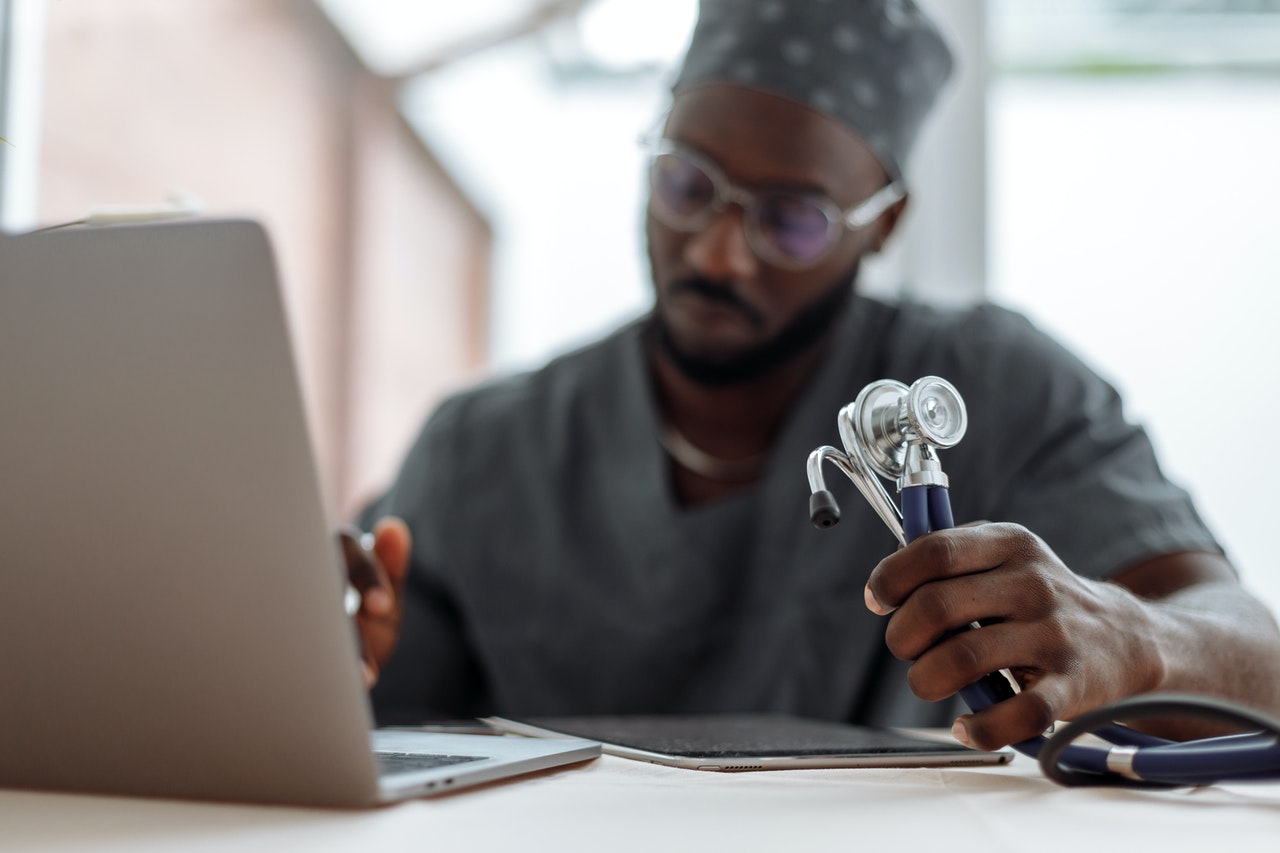As technologies continue to drive the pace of progress in the medical field, the traditional line between medical sciences and technological engineering is now growing narrower—introducing medical technologies that are faster, better, and smarter. These advancements have made it easier for doctors to provide quality and efficient healthcare for their patients. Plus, revolutionary ‘wearables’ are now making their way to consumers’ hands, allowing them to take swift actions whenever necessary.
However, consumers and organisations need to be careful when investing in these medical devices as they are costly. That’s why having personal or fiduciary financial advisors is crucial; they help citizens get the most out of their money.
With that in mind, here are the top six medical technologies taking over the new decade.
Cancer Nanotherapy
Nanotechnology is steadily fulfilling the medical field’s demand for more safe and precise treatments that are less invasive, more affordable, and less complex to administer than traditional procedures. It can provide better patient outcomes and broader access to healthcare services, especially in underdeveloped countries. Medical nanodevices and materials are already being used and have been useful against carcinogenic agents.
Synthetic nanoparticles of materials derived from metals like gold or silver are typically used in vivo tumour imaging and as molecular probes in studying cellular and subcellular functions—allowing scientists to detect carcinogenic agents faster.
Robotic Surgery
Although this medical technology isn’t necessarily new, healthcare facilities are now incorporating robotic surgery in their operations. Hospitals use this technology to assist in minimally invasive procedures, aiding flexibility, control, and precision. It makes complex procedures more manageable for surgeons. As technology improves, doctors can use it alongside augmented reality to give surgeons a chance to view crucial information about the patient in real-time while performing surgery.

‘Smarter’ Stethoscopes
The stethoscope is perhaps the most iconic medical device known to be used by physicians and nurses, and now they’re becoming smarter by the day. However, manufacturers have a new take on this medical tool, allowing doctors to take more detailed information about a patient’s heart or lung functions, enabling them to make more definitive orders for electrocardiograms or x-rays. The most notable one is the Eko Core. Physicians can attach them to an analog stethoscope, providing seamless analog and digital sounds, all transmittable through smartphones, allowing doctors to download them and go back to it later.
In essence, a ‘smart’ stethoscope does the listening for the doctor, allowing them to store data of their patients’ electronic health records with ease.
Wireless Medical Gadgets
Because of technological advancements in the medical field, there has been an uprise of wireless medical devices. The pulse oximeter is one of the best examples of wireless technologies, helping hospitals streamline patient monitoring for decades. These get clipped on a patient’s fingertip, measuring oxygen saturation levels in the blood, which is crucial for anesthetised hospital patients during surgery and intensive care.
Nowadays, these wireless devices are experiencing massive upgrades, with the latest versions of the pulse oximeter allowing users to integrate it into an Apple or Android mobile app.
Augmented, Virtual, and Mixed Reality
Augmented, virtual, and mixed reality are technologies that open new opportunities for the human senses—and each one has its unique contribution to the medical field. For instance, augmented reality (AR) allows users to see the real world, projecting digital information onto an existing environment. Meanwhile, virtual reality (VR) can entirely shut out everything else, providing a whole simulation, and mixed reality allows people to interact with the world while projecting information into it.
Surgeons can use AR to project potentially life-saving details into their eyesight during operations. Psychiatrists can use VR to treat phobias safely, and mixed reality enables users to bring novelties into medical education.
Genome Editing
This genetic innovation known as ‘CRISPR‘ or clustered, regularly inspected, and short palindromic repeat tech has emerged in recent years. The genetic sequences giving CRISPR its unique name are part of a natural immune response to bacteria, with scientists using it to block and add specific genes to a living organism’s genetic codes. It’s a revolutionary discovery as slicing and dicing strands of DNA is a high-precision task that’s known to be much of an engineering challenge.
Thanks to CRISPR, scientists can now reduce the time and costs of gene editing driving the rapid changes affecting a broad range of engineers within the biomedical realm. It can provide the possibilities of adjusting genomes to achieve different goals, such as eliminating genetic diseases, pathogens, and other medical conditions.
Medicine and technology have gone hand and hand for several years, with consistent advances in the medical field saving millions of lives and improving many others in recent years—and the medical technologies mentioned only indicate better things happening in the industry.